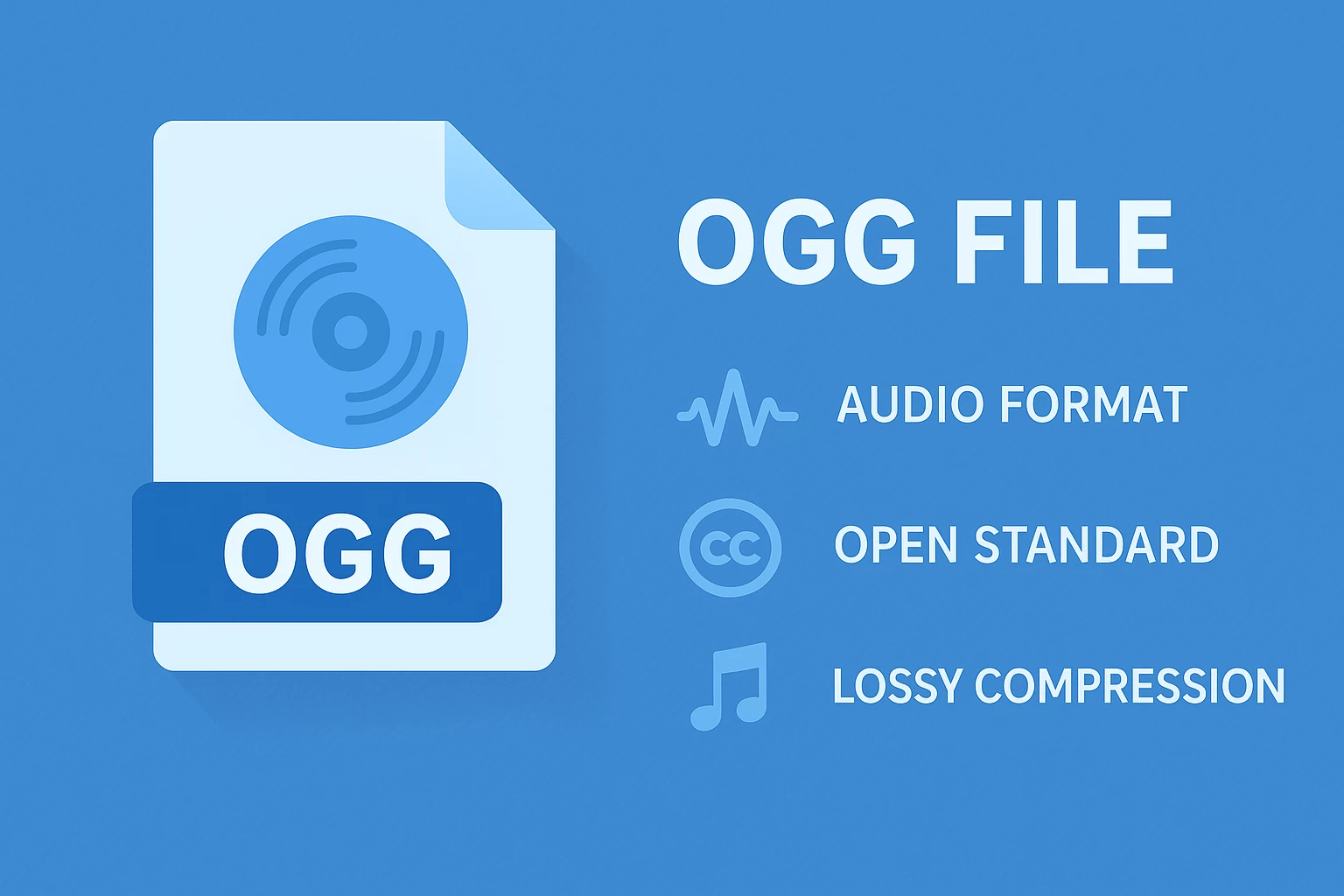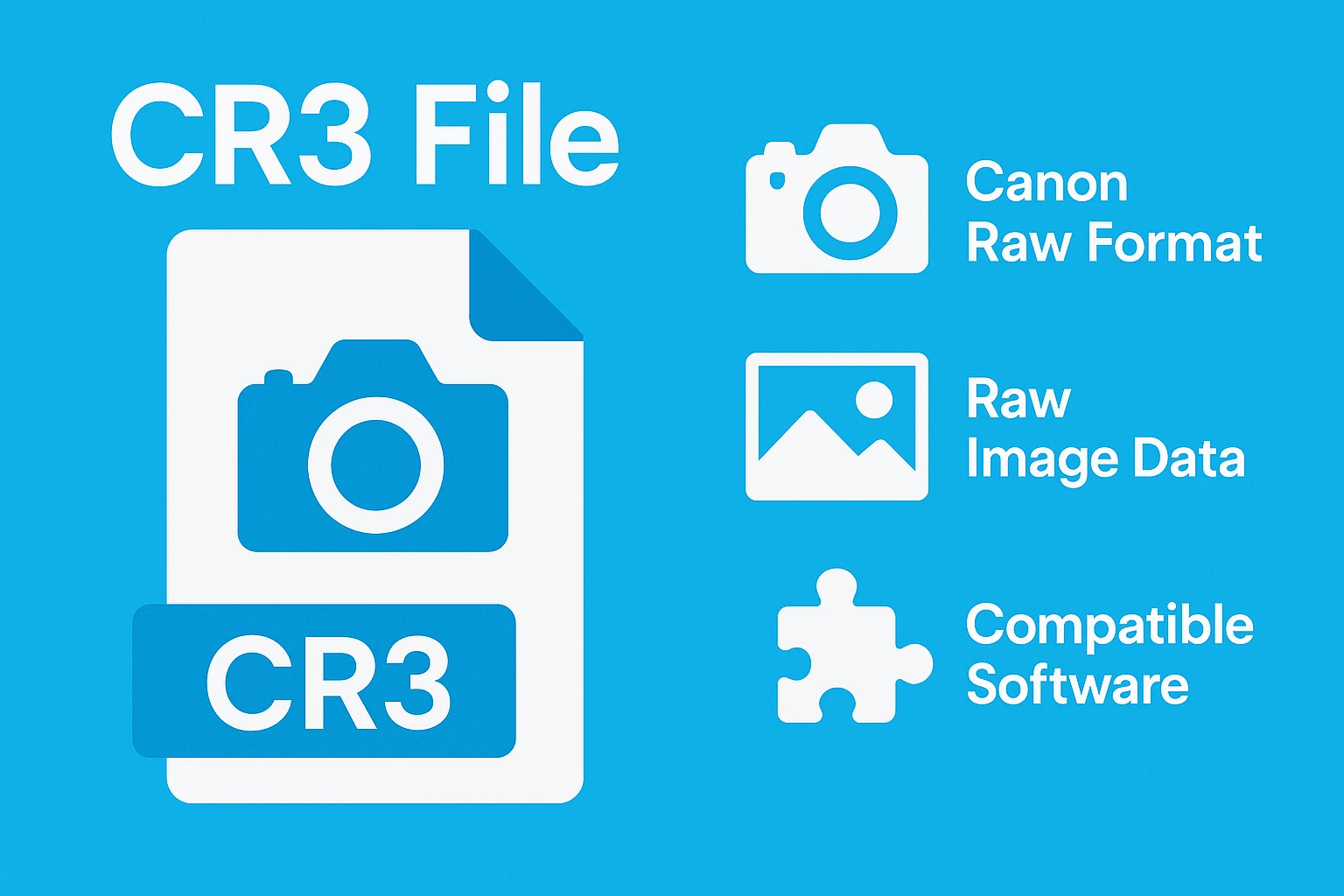
What Is a CR3 File? Canon Raw Format Explained
The CR3 file format is Canon’s modern take on RAW photography, designed to capture every bit of image data without overwhelming your storage or workflow. It replaced the older CR2 format and quickly became the standard across Canon’s newer cameras.
I first noticed the shift while working on high-resolution projects that required both detail and speed. CR3 handled the files more efficiently, keeping image depth intact while reducing file size. It also introduced new compression options that made editing and archiving smoother.
CR3 files are built to hold more than just image data, as they also store metadata, camera settings, and previews that make post-processing faster. The format was created to support photographers who need full creative control while keeping performance in check.
In my guide, I’ll break down how CR3 works, how it differs from other RAW types, and the best ways to open, edit, and manage CR3 files without losing quality or time.

Technical Overview of the CR3 File Format#
The CR3 format was introduced by Canon in 2018 as part of its new generation of mirrorless and DSLR cameras. It replaced the older CR2 format and brought a more advanced file structure built on the ISO Base Media File Format, the same foundation used for MP4 video. The update made RAW image storage more efficient, flexible, and easier to integrate with modern software.
Each CR3 file holds a complete set of sensor data, capturing every detail of light and color recorded by the camera. It also includes extensive metadata such as exposure, lens information, color profile, and white balance, allowing editing software to process the image accurately and preserve the original look.
CR3 supports two main compression types: RAW and C-RAW (Compressed RAW). The standard RAW mode keeps every pixel untouched for maximum quality, while C-RAW reduces size by around 40 percent with minimal visual loss.
Moreover, I often choose C-RAW when working on long shoots to save storage space without affecting image clarity.
Another major improvement lies in data organization. CR3 files are structured to allow faster access to stored information, which speeds up previews, transfers, and batch processing. The result is a smoother experience during both capture and post-production.
Overall, CR3 gives photographers a strong mix of efficiency, flexibility, and detail, helping maintain high-quality results without slowing down workflow.
Also read: What Is an MP4: Everything You Need to Know
How CR3 Differs from Other RAW Formats#
CR3 stands out because it combines the depth of traditional RAW files with better efficiency and compatibility. It captures full sensor data while storing it in a more flexible structure, making it faster to process and easier to manage. I noticed right away how much smoother importing and previewing became once I started using CR3, especially on newer editing software.
Compared to other RAW types, CR3 takes advantage of Canon’s modern compression system and refined metadata organization. It reads and writes data more efficiently, so editing programs open large photo batches quickly without compromising color or dynamic range.
If you’re moving from an older Canon camera or switching from another brand’s RAW format, understanding CR3’s structure and benefits can help you make better choices when shooting or archiving images.
Convert CR3 to Other Formats with MConverter
CR3 vs CR2#
CR2 served Canon users well for years, but it’s based on an older TIFF structure that struggles with modern workflows. CR3 uses a more advanced foundation, allowing faster read and write speeds, smaller file sizes, and better compatibility with new devices and editing software.

Consequently, the introduction of C-RAW compression is another big improvement; it cuts storage use nearly in half while keeping image quality almost identical. I find this especially useful for event or travel photography, where hundreds of shots need to stay sharp but manageable.
CR3 vs RAW, NEF, ARW, and DNG#
Different camera brands store RAW data in their own ways. Nikon’s NEF and Sony’s ARW formats record large amounts of uncompressed data, which preserves full image flexibility but creates huge files. Adobe’s DNG format is more universal, yet it sometimes removes manufacturer-specific metadata that affects how images are rendered.
CR3 sits comfortably between them. It keeps the high dynamic range and editability of NEF and ARW but adds better compression similar to DNG. Canon’s approach focuses on clean structure and efficient performance, making it easier to edit and share without losing quality.
If you’ve worked with multiple RAW formats, switching to CR3 feels refreshing. It brings the same level of precision but with smoother handling, faster workflow, and smarter storage management.
Related article: What Is a Zip File? Everything You Must Know
Advantages of the CR3 Format#
CR3 offers a range of benefits that make it a strong choice for both professionals and enthusiasts. The most noticeable one is file efficiency. CR3’s smart compression system, especially the C-RAW option, keeps image quality nearly identical to uncompressed RAW while cutting file size significantly.
Ultimately, I can shoot longer sessions and store more photos without constantly clearing space or carrying extra memory cards.
Another key advantage is faster workflow performance. CR3 files open and process quickly in modern editing software, allowing smoother previews and shorter export times. The format also preserves all camera metadata, which helps programs like Lightroom, Capture One, or Canon’s Digital Photo Professional read exposure, color, and lens data accurately.

I also appreciate CR3’s compatibility with newer hardware and firmware. Canon built it to align with current media standards, so it performs well on updated systems and remains easier to integrate into mixed photo and video projects.
Overall, CR3 combines flexibility, high image fidelity, and speed. It delivers the depth of a RAW file without the heavy storage demands, which makes it ideal for modern photographers who value both quality and efficiency.
Related article: What Is an ISO File? The Ultimate Guide for 2025
Limitations and Compatibility Challenges#
While CR3 improves many aspects of Canon’s RAW workflow, it still has a few drawbacks. The most common challenge is software compatibility. Because CR3 is relatively new, not all programs, especially older versions of Lightroom, Photoshop, or Capture One, can open it without updates or additional codecs.
Another issue is file management across different systems. Some third-party viewers or editing tools misread colors or fail to recognize C-RAW compression, which can interrupt workflow when moving between Windows and macOS.
CR3 files also tend to be larger than compressed formats like JPEG or HEIF, leading to longer transfer times and heavier storage use when working with many images. While the high quality makes the size worth it, I often convert or resize final exports before sending or publishing them online.
Even with these limitations, CR3 is becoming more widely supported with each software update. Once the right tools are in place, the workflow runs smoothly, and the format’s strengths easily outweigh the setup challenges.
Convert CR3 to PDF with MConverter
How to Open and View CR3 Files#
Opening CR3 files is straightforward once the right tools are installed. Since the format is newer, not every system or viewer supports it by default, but modern software and updated operating systems handle it easily. I use a mix of Canon’s native tools and third-party programs depending on the task.
On both Windows and macOS, Canon’s Digital Photo Professional (DPP) is the most reliable starting point. It’s free, supports every CR3 feature, and reads color and exposure data exactly as captured.
In case of broader workflows, I use Adobe Lightroom, Photoshop, or Capture One, which all support CR3 after recent updates.
If I just need a quick view without opening a full editor, VLC, IrfanView, or FastStone Image Viewer are lightweight options that now recognize CR3 with the right plugins. On macOS, the built-in Preview app also opens CR3 files natively after system updates.
For mobile viewing, apps like Adobe Lightroom Mobile and Canon Camera Connect work well. They allow quick previews and basic adjustments directly from a tablet or smartphone, which is useful during shoots.
Once everything is set up, CR3 becomes as easy to open as any other RAW format. The key is keeping software current so the latest camera models and color profiles are supported.
Related article: What Is an Ogg File? Audio Format Explained
How to Edit CR3 Files#
Editing CR3 files gives me full control over exposure, color, tone, and every detail captured by the sensor. Since CR3 retains complete image data, adjustments can be made freely without quality loss, which is what makes working with RAW files so rewarding.
I usually start with Canon’s Digital Photo Professional (DPP) when I need color accuracy that matches the camera’s output. DPP reads all in-camera settings correctly, so the image looks exactly as shot before any edits. From there, I fine-tune highlights, shadows, and color balance.
Anyhow, I prefer Adobe Lightroom or Capture One for more advanced editing. Both platforms handle CR3 smoothly, offering precise tools for contrast, tone curves, and selective color adjustments. The C-RAW version edits just as easily, with no lag or noticeable quality drop.
Photoshop is my next stop when retouching or compositing. It opens CR3 files through Adobe Camera Raw, allowing detailed edits before moving into layers and effects. The workflow feels seamless, and the files respond well even under heavy adjustments.
Once I finish editing, I usually export CR3 files to JPEG, TIFF, or PNG for sharing or printing. The RAW data stays intact, which means I can always return to the original version and start over if needed.
Editing CR3 files might require a bit more processing power, but the flexibility and quality make it worth the effort, especially for projects that demand precision.
How to Convert CR3 Files#
Converting CR3 files is a regular part of my work, especially when I need to share images with clients or upload them to platforms that don’t support RAW formats. The aim is to make the files easier to access while preserving their original quality.
I often use our software, MConverter, because it processes CR3 files quickly and keeps the details sharp. I simply upload the file, choose the output format such as JPEG, PNG, or TIFF, and download the converted version a few moments later. It’s fast, simple, and doesn’t require any installation or setup.
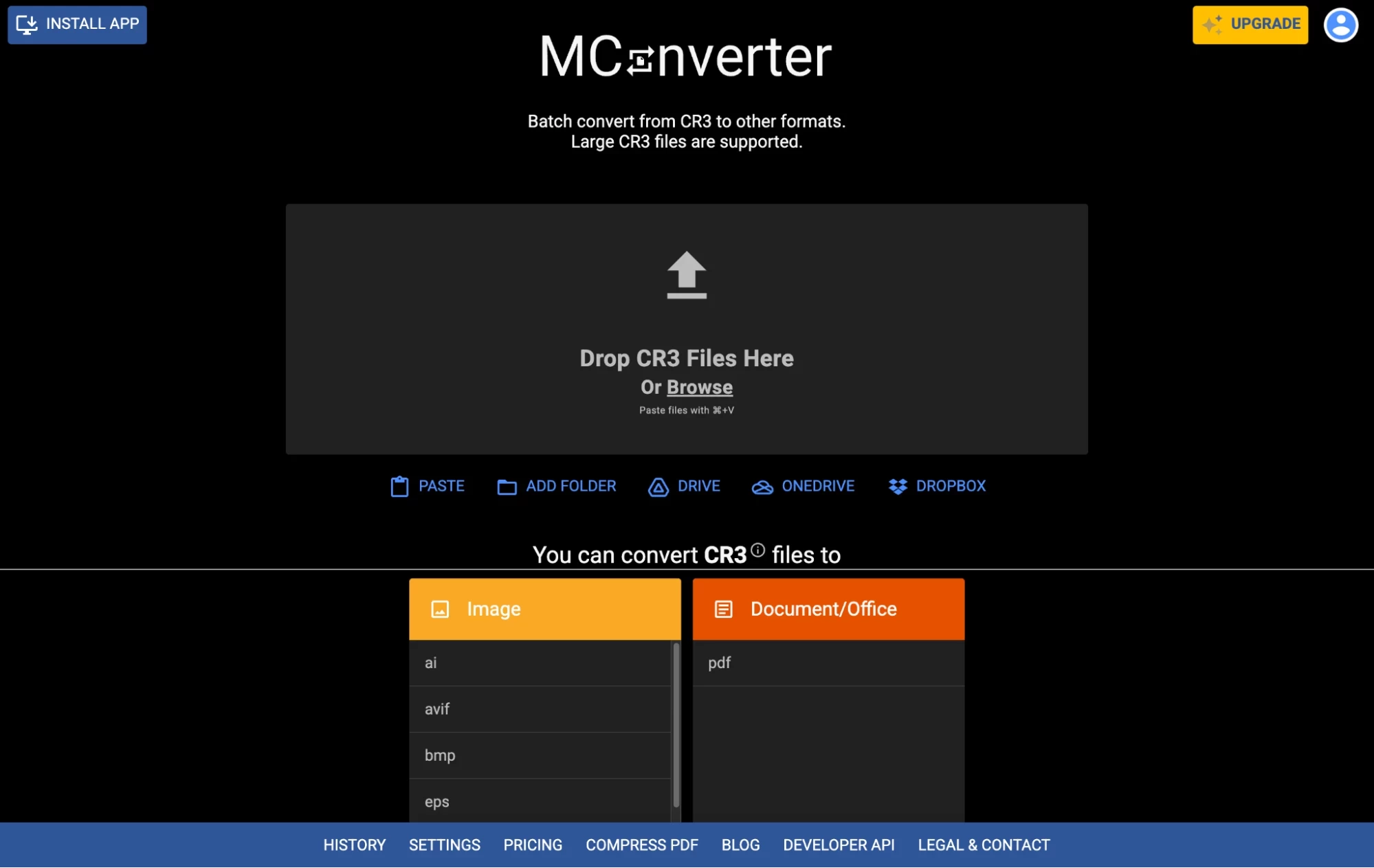
If projects or exports are so large that they need specific adjustments, I sometimes work with Lightroom or Canon’s Digital Photo Professional. Still, for most tasks, our software remains the most efficient way to convert CR3 files without losing clarity or wasting time.
Troubleshooting CR3 File Issues#
CR3 files are generally reliable, but like any RAW format, they can sometimes create obstacles during viewing, editing, or exporting. I’ve faced situations where files refused to open, appeared damaged, or caused my editing software to lag.
In most cases, the trouble comes from outdated software, damaged memory cards, or system limitations. The CR3 format is data-heavy, and older tools may not interpret its structure correctly. Keeping editing software updated and maintaining organized file transfers usually prevents most problems before they start.
When issues do appear, I always start by checking compatibility and system performance before assuming the file itself is corrupted. Canon’s RAW files are resilient, and in many cases, the image data remains intact even if previews or thumbnails fail to load. Once I troubleshoot the core cause, recovery becomes much simpler and faster.
Related article: What Is a HEIC File? A-to-Z Guide for Beginners
File Not Opening or Unsupported#
If a CR3 file doesn’t open, it often means the software hasn’t been updated to support newer camera models. I verify that my editing tools have the latest patches and that any RAW extensions are installed correctly. Windows users can also download Canon’s codec package or the RAW Image Extension to enable built-in viewing.
In the meantime, on macOS, system updates usually include full CR3 support automatically.
When compatibility isn’t the issue, I check for file transfer errors. Moving files too quickly from a camera or using an unreliable card reader can cause small data losses that prevent proper loading. Copying files directly from the memory card again sometimes fixes the problem.
Corrupted or Damaged CR3 Files#
File corruption happens most often during storage, transfer, or power loss while saving. I’ve learned to back up memory cards before formatting them and to avoid interrupting transfers mid-process.
If a CR3 file becomes unreadable, I try opening it in Canon’s Digital Photo Professional first; it’s often better at reading partial data than other software.
If recovery software is needed, I choose trusted tools that handle RAW formats carefully. It’s also good practice to keep multiple copies of important files on different drives or cloud storage to prevent total data loss.
Slow Performance When Editing CR3#
CR3 files can be large and detailed, which puts pressure on system resources. If editing slows down, it’s usually due to limited RAM or storage speed. I work from an SSD instead of an HDD and close other programs to free up memory.
Secondly, reducing preview quality in Lightroom or Capture One can also help without affecting final exports.
Performance improves noticeably after adjusting settings and organizing storage properly. Once everything is optimized, CR3 editing feels responsive, even with hundreds of files open in one project.
Related article: What Is a PNG? Benefits, Uses, and When to Use It
Best Practices for Managing the CR3 File#
Good file management habits make working with CR3 files faster and more reliable. Over time, I’ve realized that staying organized and keeping a consistent routine prevents most problems before they happen.
I always create clear folder structures for every project. Each shoot has its own labeled directory with separate folders for RAW files, edits, and exports. I also avoid renaming CR3 files directly through Finder or File Explorer since some programs link edits to the original filenames.
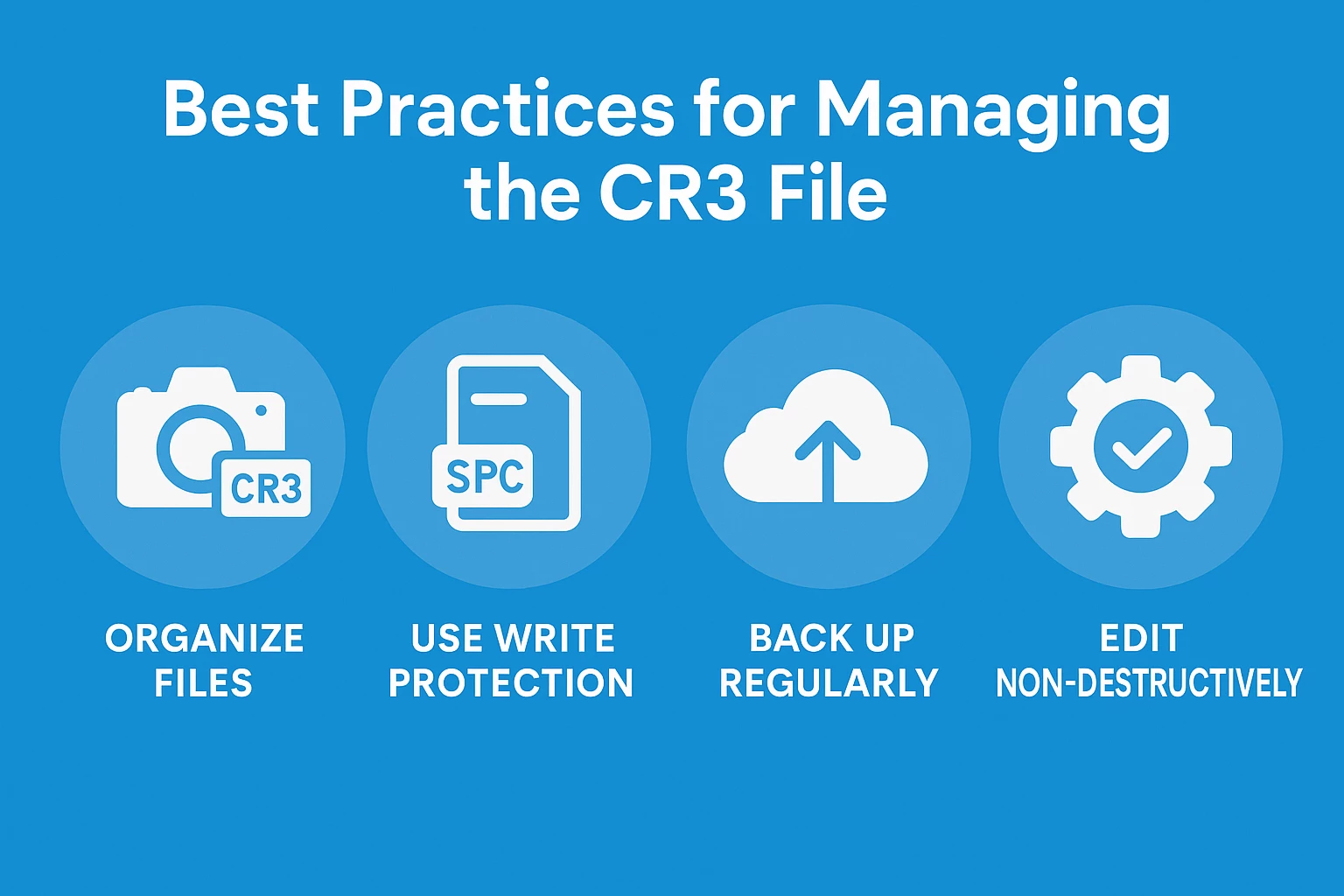
Backups are another priority. I keep at least two copies of every session, one on an external SSD and one in cloud storage. Memory cards are only formatted after confirming both copies are complete. CR3 files can be large, so checking available space before a big project is also part of my routine.
Additionally, when editing, I always use non-destructive methods so the original CR3 remains untouched. The edited versions are exported separately in formats like JPEG or TIFF.
Keeping camera firmware and editing software updated ensures smooth compatibility and performance. Once these habits become part of your routine, handling CR3 files feels seamless from capture to final export!
Why Do CR3 Files Take Longer to Load?#
CR3 files take longer to load because they contain a large amount of uncompressed image data. Each file holds detailed sensor information, color profiles, and metadata, which makes them heavier than formats like JPEG.
Editing software also needs extra time to render previews and apply color settings accurately. Using faster storage drives, more RAM, and updated software helps reduce loading times significantly.
Which Canon Cameras Support the CR3 Format?#
The CR3 format is supported by most of Canon’s newer cameras, including both mirrorless and DSLR models. It first appeared in the EOS M50 and later became standard in cameras such as the EOS R, R5, R6, R7, R10, and the PowerShot G series. Nearly all recent Canon models now use CR3 as their default RAW format, replacing the older CR2 used in earlier DSLRs.
Can I View CR3 Files on Windows Without Extra Software?#
Yes, CR3 files can be viewed on Windows, but only after installing the RAW Image Extension from the Microsoft Store. Once it’s added, the built-in Photos app and File Explorer can display previews and open CR3 files directly. Without this extension, Windows may show blank thumbnails or fail to open the files properly.
Is C-Raw Mode the Same as CR3?#
No, C-RAW isn’t a separate format; it’s a compression option within the CR3 file type. When you shoot in C-RAW mode, your camera still produces CR3 files, but they’re smaller in size thanks to Canon’s advanced compression system.
The difference lies in how the image data is stored, not in the file extension. C-RAW keeps nearly the same visual quality as standard CR3 while reducing file size by about 40 percent, making it ideal for long sessions or limited storage space.
How Do I Fix Corrupted CR3 Files?#
A CR3 file can become corrupted if the memory card is removed too early, the camera battery dies during saving, or the transfer process fails. I usually start by reopening the file in Canon’s Digital Photo Professional since it often reads partial data better than other programs.
If that fails, I check the storage device for errors using built-in repair tools or recovery software that supports RAW files. For important projects, I always keep backups on multiple drives so I can replace a damaged file instead of trying to repair it later.
Can Smartphones Open or Edit CR3 Files?#
Most smartphones can’t open CR3 files natively, but several apps make it possible. I use tools like Adobe Lightroom Mobile or Canon Camera Connect, which allow viewing and basic editing directly on a phone or tablet. These apps process the RAW data efficiently while keeping colors and exposure accurate.
Should I Keep My Photos in CR3 or Convert Them for Storage?#
It depends on how the photos will be used later. I keep important images in CR3 because the format preserves every detail and allows full flexibility for future editing. I convert them to JPEG or TIFF to save space and make access easier if the finished projects or files are meant for online sharing.
The best approach is to store original CR3 files on external drives or in cloud storage for safekeeping and keep smaller converted copies for quick use.
Final Words#
CR3 has become one of the most capable and efficient RAW formats in modern photography. It keeps the balance between image quality, file size, and workflow speed, which makes it a dependable choice for both professionals and enthusiasts. I use it whenever I want maximum editing flexibility without filling up my storage too quickly.
Although CR3 requires up-to-date software and slightly more processing power, its long-term benefits outweigh the learning curve.
If you master good management habits and reliable tools, working with CR3 feels seamless from capture to final export. It’s a format built for precision, efficiency, and creative freedom, in a word, qualities that define the best photography workflows today.
About the author
Mihael joined MConverter as a co-founder in 2023, bringing a vision to transform a tech tool into a product company built around meaningful user experience. With roots in B2B sales, product development, and marketing, he thrives on connecting the dots between business strategy and customer needs. At MConverter, he shapes the bigger picture - building the brand, inspiring teams, and pushing innovation forward with a can-do mindset. For Mihael, it’s not just about file conversions, but about creating experiences that deliver real impact.
Check out more articles
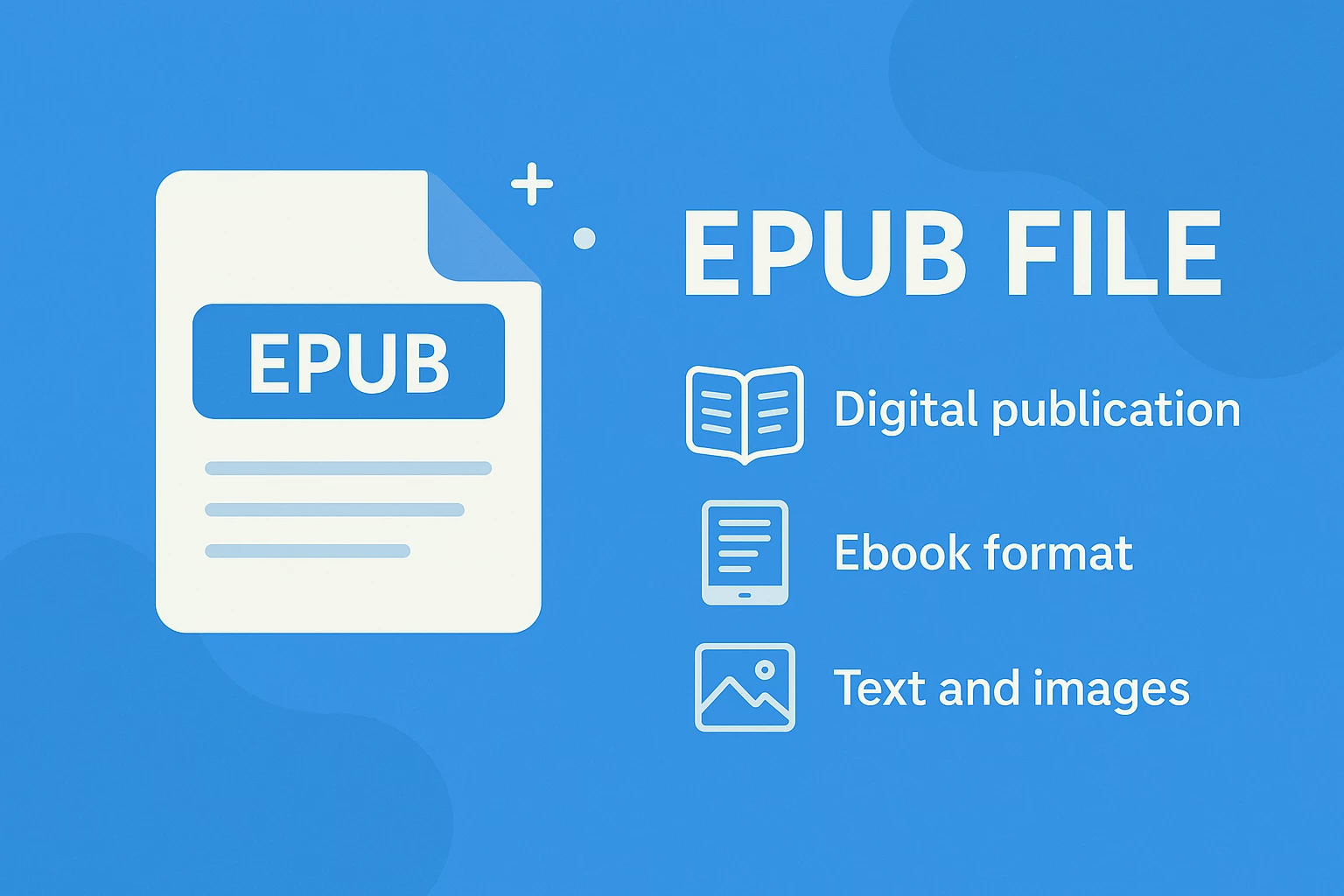
EPUB Files - What They Are & How to Open Them

What Is an ISO File? The Ultimate Guide for 2025
